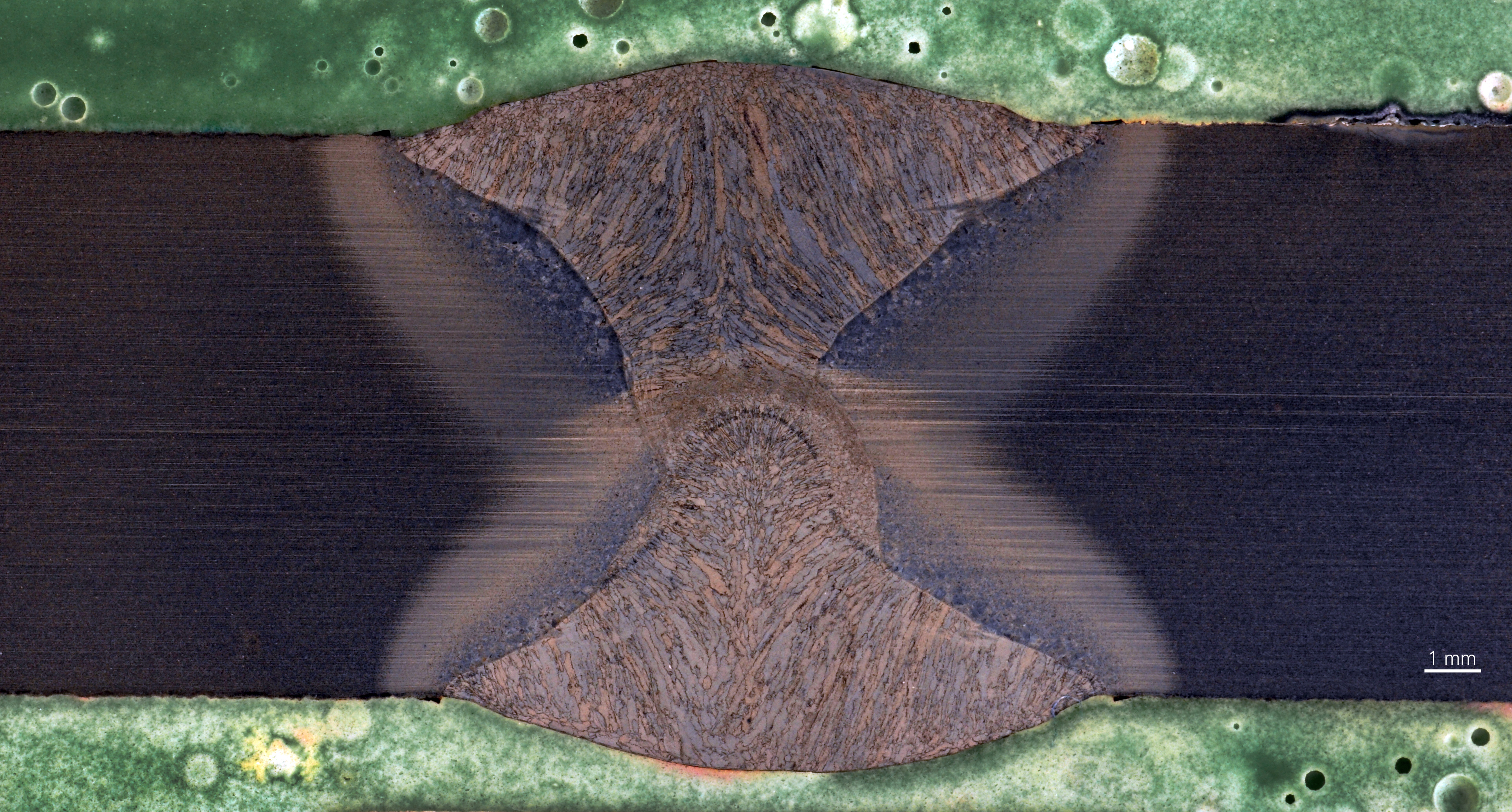High-tensile steels play a key role in lightweight engineering and crash-related structural components. If these steels are welded during the production of components, mobile hydrogen atoms can cause problems in the material: the atoms collect in areas of the components with high residual stresses and make the steel brittle. The consequence is so-called cold cracks that can make components unusable.
In order to allow component manufacturers to reduce the reject rate for high-tensile steel components sustainably, the Fraunhofer IWM has further developed numerical welding simulation methods which are already in use in industry. It is therefore now possible to simulate events in very specific areas of components and in the very rapid change from room temperature to melting temperature, as occurs during welding.
The development over time of the factors affecting fine cracks and their interactions can now be observed in virtual reality in a very precise way – hardening structures, for example, residual stresses and the local hydrogen concentration, which can lead to cracking of laser-welded components. The distinctive feature of the new method is that the effect of so-called hydrogen traps can be taken into account. The simulation results are used as the basis for optimizing the process parameters in laser-welding processes: laser process parameters, more precise pre-heating and residual heat temperatures as well as the exact heating time can thus be determined. The simulation is also useful in planning components: the data allows more cost-effective component shapes to be identified that improve the local residual stress and thus prevent cracks.
 Fraunhofer Group for Materials and Components - Materials
Fraunhofer Group for Materials and Components - Materials